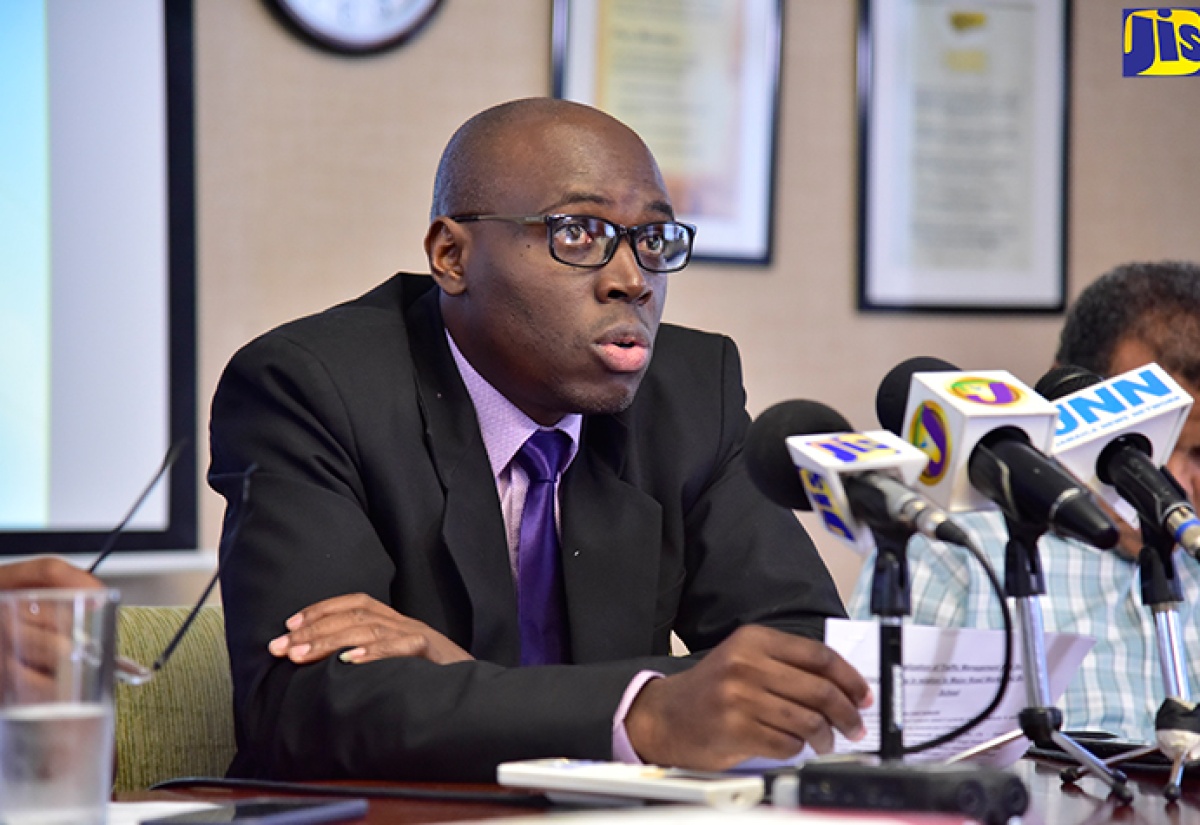Traffic Management Centre Ensures Improved Flow
By: , October 2, 2018The Key Point:
The Facts
- With cameras linked via video feed to a central control room, the NWA is able to make “real time” adjustments to traffic signals or request police support, when necessary, to ensure smoother vehicular and pedestrian travel.
- There are plans to expand the system by adding more cameras, new locations, monitoring additional towns across Jamaica, and by establishing a second monitoring centre in Montego Bay.
The Full Story
Through its Traffic Management Centre, which utilises technology to monitor vehicular movement in the cities of Kingston and Montego Bay, The National Works Agency (NWA) is improving traffic flow, public safety and assisting the security forces to maintain law and order.
With cameras linked via video feed to a central control room, the NWA is able to make “real time” adjustments to traffic signals or request police support, when necessary, to ensure smoother vehicular and pedestrian travel.
There are plans to expand the system by adding more cameras, new locations, monitoring additional towns across Jamaica, and by establishing a second monitoring centre in Montego Bay.
Housed at the agency’s Maxfield Avenue offices, the existing Centre, which has been in operation for 12 years, is manned by highly skilled and trained persons.
The system has been helpful in the ongoing rerouting of traffic resulting from construction work on major road projects in the Corporate Area. The road projects are being implemented by the Government to improve physical infrastructure across the country.
In an interview with JIS News, Manager, Communication and Customer Services, at the NWA, Stephen Shaw, says the system continues to be helpful to the authorities in their traffic management and public safety responsibilities.
“We are able to provide real-time monitoring of the traffic… the police have been a part of it and they have been able to call in their resources where they are needed, because they can actually see what is taking place out on the road,” he notes.
Citing specific benefits of the computerised system, Mr. Shaw explains that it improves the agency’s response time to effectively manage traffic.
“It saves time, since we do not necessarily have to go out there and do physical counts; we can actually see what is taking place (from the Centre),” he says.
Mr. Shaw tells JIS News that the intention is to link all the major town centres or to have satellite centres established over time.
Meanwhile, Mr. Shaw says that while the NWA now remotely monitors and manages traffic in Montego Bay from its Kingston headquarters, a control room will be established in the resort city before the middle of next year.
“We are going to be putting up one in Montego Bay, so that those persons there will be in a position to monitor traffic movement and make decisions. Of course, it will be linked to the main centre in Kingston. The cameras are up, and we can see the traffic in Montego Bay,” he adds.
Mr. Shaw notes that the Traffic Management Centre has been outfitted and funded over the years with money from the Road Maintenance Fund, the NWA’s operational budget and through support from the Ministry of National Security.
He explains that prior to the establishment of the Centre, a team would be dispatched to specific locations to collect the relevant data about traffic volume and flow. He notes that even with the technology-based system in place, the agency still carries out physical traffic counts to collect information.
“A team will physically go to an intersection and do physical counts. They sit down with a clipboard and a form and they literally count the traffic. Another way is to put strips of rubber across the road with electronic monitoring, which capture data, but then we have to go back in, plug it into the system and have it analysed,” he shares.
Mr. Shaw points out that the computerised system came out of a plan to link traffic signals in a way that would allow for real-time modification.
“We can look at it in a more critical sense and determine whether it is that we need to provide more ‘green time’, what modifications we need to make at the intersections, (and) whether or not we need to get police assistance at the location,” he says.
Mr. Shaw also notes that the camera-based video feed enables the roads and works agency to take decisions in a more timely and precise way. “It takes a bit of the guessing out of what we do in that respect,” he adds.


